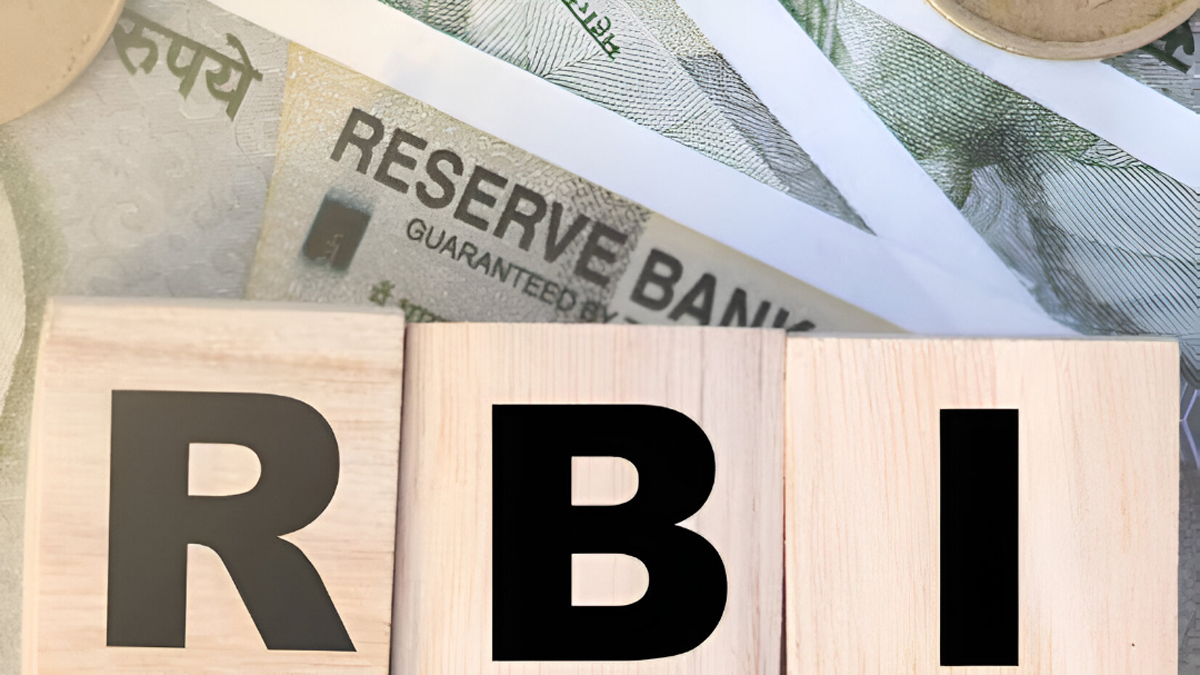Now Reading: 5 Key Takeaways from the RBI Monetary Policy Announcement
-
01
5 Key Takeaways from the RBI Monetary Policy Announcement
5 Key Takeaways from the RBI Monetary Policy Announcement

The Reserve Bank of India (RBI) recently concluded its Monetary Policy Committee (MPC) meeting, delivering a series of significant announcements that signal a decisive shift in its approach to managing the Indian economy. Amidst global uncertainties and a benign inflation outlook, the central bank has taken bold steps to prioritize growth and infuse liquidity into the financial system. Here are the five key takeaways from the latest RBI Monetary Policy:
1. Larger-Than-Expected Repo Rate Cut and Shift to ‘Neutral’ Stance: In a move that surprised many market participants, the RBI opted for a substantial 50 basis points (bps) reduction in the policy repo rate, bringing it down to 5.50%. This marks the third consecutive rate cut in 2025, accumulating to a total reduction of 100 bps since February. More importantly, the MPC also changed its monetary policy stance from ‘accommodative’ to ‘neutral’. This signals that while the RBI has front-loaded significant easing, future policy actions will be more data-dependent, carefully assessing incoming economic indicators to strike the right balance between growth and inflation. The larger rate cut, coming on the heels of already softened inflation, reflects the RBI’s confidence in the inflation trajectory and its strong intent to provide a robust push to economic activity.
2. Massive Cash Reserve Ratio (CRR) Reduction to Boost Liquidity: In another unexpected and impactful decision, the RBI announced a 100 bps cut in the Cash Reserve Ratio (CRR), bringing it down to 3% from the previous 4%. This reduction will be implemented in four equal tranches starting from September to November. This move is designed to inject a significant amount of liquidity, estimated at ₹2.5 lakh crore, into the banking system. The CRR cut will effectively lower the cost of funds for banks, accelerating monetary policy transmission to the credit market and encouraging lending to various sectors of the economy, including retail, agriculture, and MSMEs. This infusion of liquidity is a crucial step towards fostering investment and consumption in a globally uncertain environment.
3. Lowered Inflation Forecast, Signaling Comfort on Price Stability: The RBI has revised its Consumer Price Index (CPI) inflation outlook for the financial year 2025-26 downwards to 3.7% from the earlier projection of 4%. This revision reflects the central bank’s comfort with the current inflation trends, which have seen headline CPI inflation and particularly food inflation decline more than expected. The MPC noted a record wheat harvest and strong pulse production, indicating a favorable outlook for food prices. This benign inflation environment has provided the RBI with the necessary headroom to aggressively ease monetary policy and focus on growth-supportive measures without compromising on price stability.
4. Maintained GDP Growth Outlook with Cautious Optimism: Despite the substantial policy easing, the RBI has maintained its real GDP growth projection for FY2025-26 at 6.5%. While acknowledging the resilience of the Indian economy in the face of geopolitical risks and global trade tensions, Governor Sanjay Malhotra stated that growth remains “lower than our aspirations.” The unchanged growth forecast, despite the supportive measures, indicates a cautious optimism, acknowledging the headwinds from the global economic slowdown and heightened uncertainty. The rate cuts and liquidity injections are intended to bolster domestic demand and investment, aiming to mitigate the impact of external challenges and propel India towards its growth potential.
5. Focus on Monetary Policy Transmission and Financial Stability: A significant aspect of this policy is the RBI’s emphasis on ensuring effective monetary policy transmission. The cumulative 100 bps reduction in the repo rate since February is expected to translate into lower lending rates for both existing and new borrowers, thereby reducing their interest burden and stimulating credit growth. The CRR cut further supports this transmission by providing banks with ample liquidity. Additionally, the Governor highlighted the easing of stress in unsecured loans and credit card portfolios, while acknowledging persistent concerns in certain micro-finance segments. This indicates the RBI’s continued vigilance on financial stability, even as it actively supports economic growth.
In essence, the latest RBI Monetary Policy announcement is a powerful statement of the central bank’s commitment to revive economic momentum. By front-loading rate cuts, infusing liquidity, and expressing confidence in the inflation trajectory, the RBI has provided a significant boost to the Indian economy, positioning it to navigate the challenging global landscape and achieve its growth aspirations.










